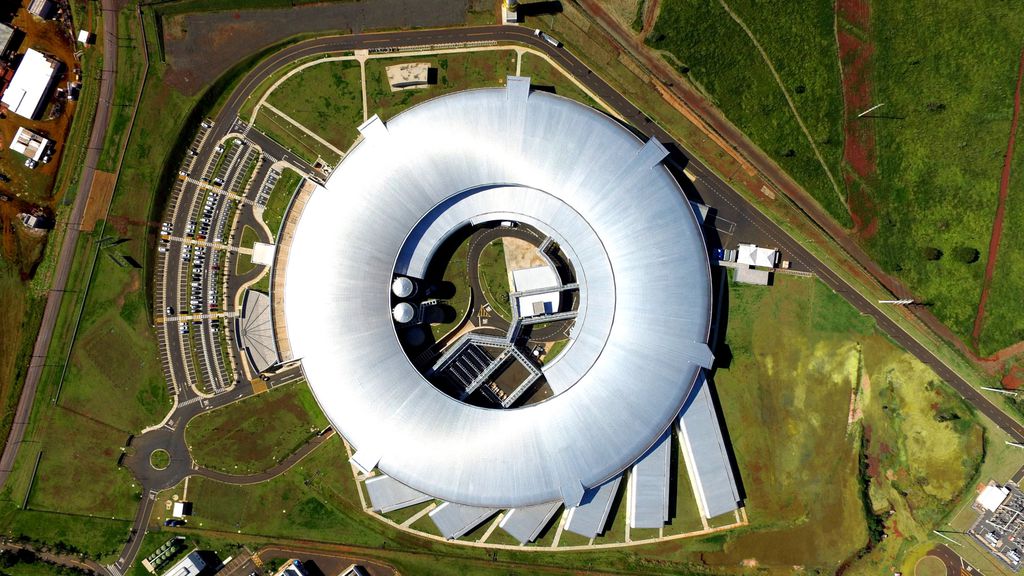.
From the first subatomic particles to the wonders of the cosmos, particle accelerators have played a critical role in exploring the mysteries of the universe. These monumental scientific machines have not only revolutionized physics but have also found applications in diverse disciplines, from medicine to energy. In this article, we will explore what a particle accelerator is, how it works, its history, and its usefulness in different areas, as well as the different types that exist.
.
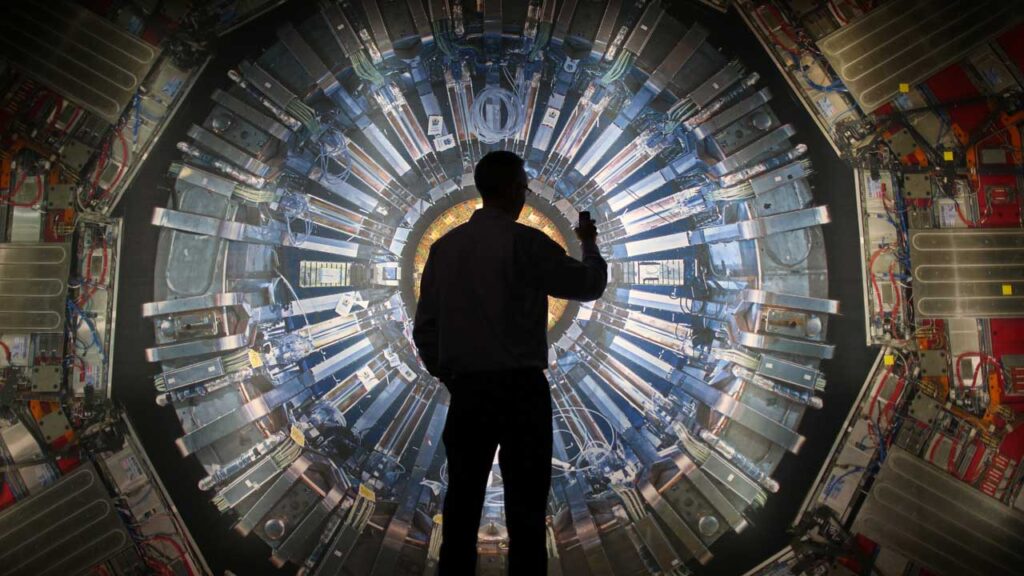
The Basics of Particle Accelerators
Particle accelerators are powerful machines designed to accelerate subatomic particles to incredibly high speeds. By doing so, scientists can observe the behavior and properties of particles under conditions that mimic those found in the early universe or in extreme cosmic events.
 These machines have a complex structure consisting of various components. At the heart of a particle accelerator is a vacuum chamber, which ensures that particles can travel freely without colliding with air molecules. Powerful magnets called radiofrequency cavities are used to accelerate particles and guide them along a predetermined path. Along the path, additional magnets and focusing devices help maintain the particles’ trajectory.
These machines have a complex structure consisting of various components. At the heart of a particle accelerator is a vacuum chamber, which ensures that particles can travel freely without colliding with air molecules. Powerful magnets called radiofrequency cavities are used to accelerate particles and guide them along a predetermined path. Along the path, additional magnets and focusing devices help maintain the particles’ trajectory.
Particle accelerators are operated in research facilities such as CERN, the European Organization for Nuclear Research, which is home to the Large Hadron Collider (LHC), the world’s largest and most powerful particle accelerator.
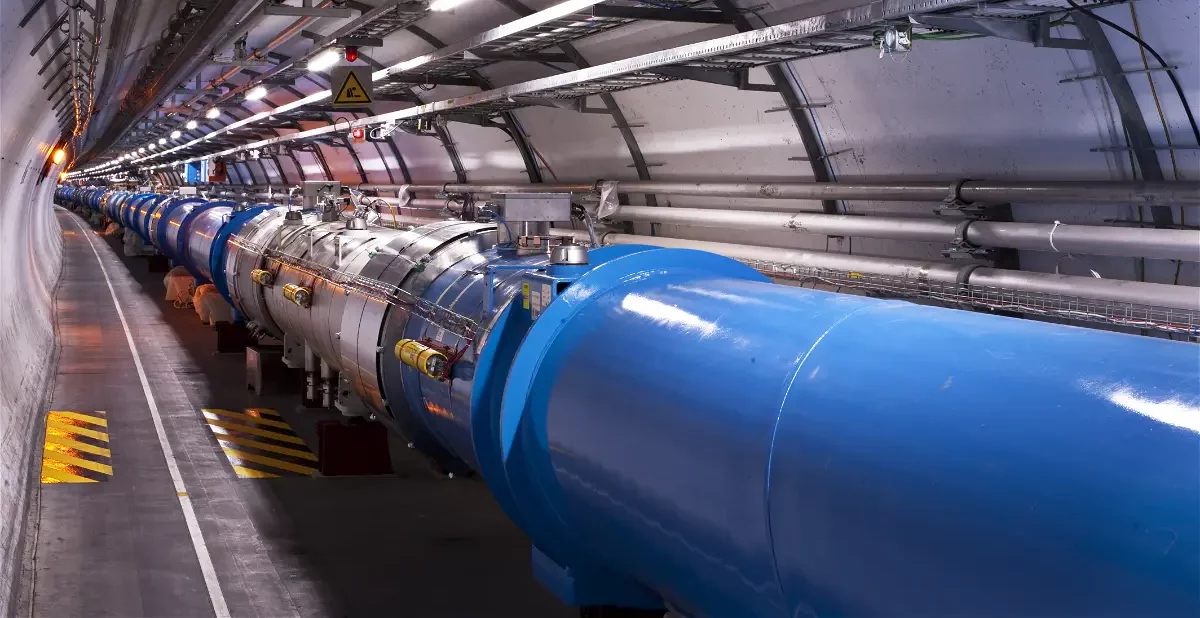
A Brief History these machines
Particle accelerators dates back to the early 20th century when scientists began exploring the fundamental building blocks of matter. In 1930, physicist Ernest O. Lawrence invented the cyclotron, the first practical particle accelerator.
The cyclotron was a circular device that used a combination of electrical and magnetic fields to accelerate charged particles in a spiral path. This breakthrough opened the door to further advancements in particle physics and paved the way For more sophisticated and powerful accelerators.
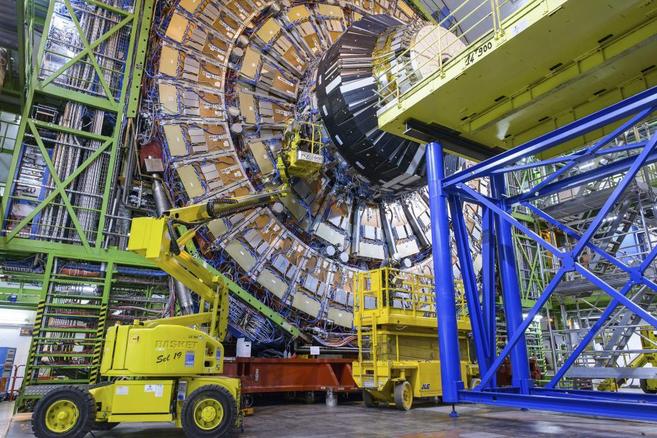
Applications of Particle Accelerators
Particle accelerators have found numerous applications in various scientific fields. One prominent area is medicine. Accelerators are used in radiotherapy to deliver precise doses of radiation to treat cancerous tumors. They can also be employed in medical imaging techniques such as positron emission tomography (PET) scanners, which help diagnose and monitor diseases.
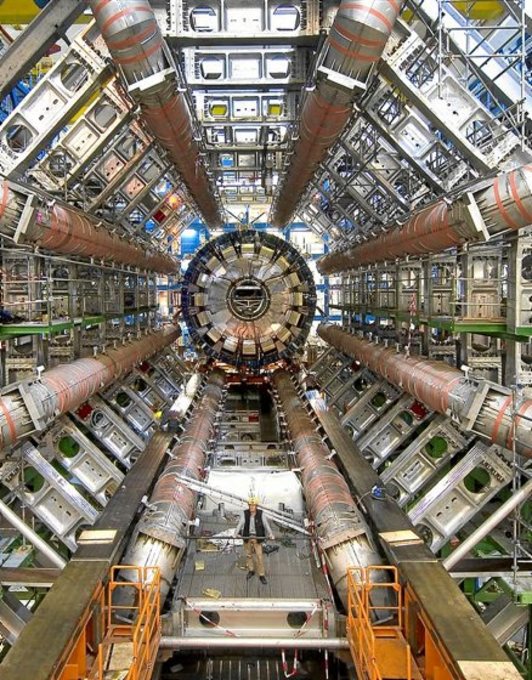 These machines are essential for studying the properties and behavior of different materials at the atomic level. By bombarding materials with high-energy particles, scientists can uncover valuable insights that contribute to the development of new technologies
These machines are essential for studying the properties and behavior of different materials at the atomic level. By bombarding materials with high-energy particles, scientists can uncover valuable insights that contribute to the development of new technologies
Furthermore, particle accelerators play a crucial role in understanding the fundamental forces and particles that make up the universe. By colliding particles at high energies, scientists can recreate the conditions moments after the Big Bang. Shedding light on the origins of matter, dark matter, and the fundamental laws of physics.
Particle accelerators have revolutionized our understanding of the universe, They enable scientists to explore the fundamental building blocks of matter. Uncover new phenomena, and make contributions to various fields such as medicine and materials science.
